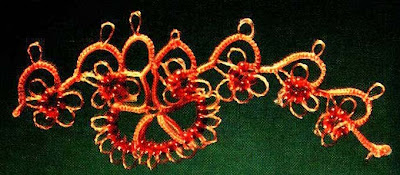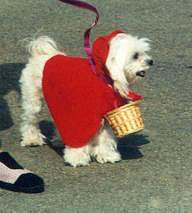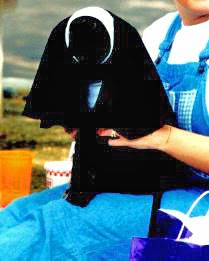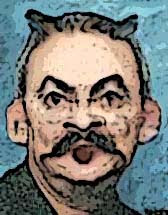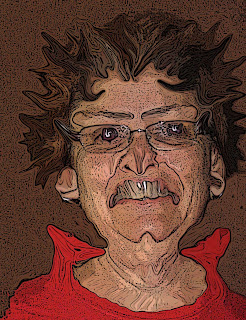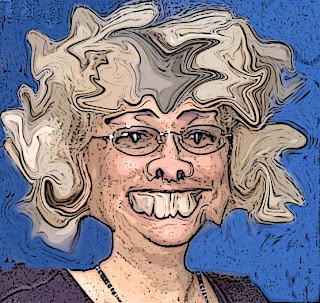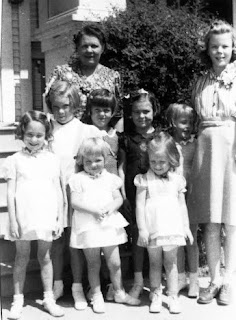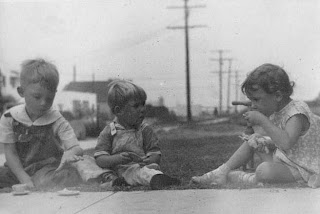
I have mentioned this before, but I had my fun picking out names for my own babies, so I try not to be dismayed or surprised or discombobulated when I see the names other people pick out for their own babies. Nevertheless, I have to admit that when I read in the news that Celine Dion and her husband, parents of newborn twins, had chosen the names Nelson and Eddy (although it was reported as Eddy and Nelson), I was shocked. Quickly I realized that although to me “Nelson Eddy” (pictured above)was as familiar a name as the Dione Quintuplets (pictured below), probably 90% of internet users have never heard of any of these people.
(For those of you who have a blank look on your face, I’ll explain: Nelson Eddy was the male half of “American’s Singing Sweethearts” of the 1930s, and paired with Jeannette MacDonald they sang their way around the world during those years. While I was too young to really appreciate them, their names were certainly in my store of knowledge. Similarly, the Dione Quintuplets, 5 cookie-cutter babies, born in Canada in 1934 without any in vitro tinkering, were also so notable that during those early years you could hardly open a newspaper or a magazine without seeing their sweet little faces peeking out at you. As regards names, they got highly individualized, non-rhyming, cutesy names: Annette,Cecile,Marie Emelie,Yvonne. This is your history lesson for today.)
Now of course Celine and her husband did NOT name their kids after Nelson Eddy. Newspapers said that Eddy is honoring Eddy Marnay, Celine’s first record producer, and Nelson is honoring Nelson Mandela. None of us old timers will ever forget the names of these new little twins. We may forget Apple and Orange and Moon and Tuesday, but not Nelson and Eddy, or rather, Eddy and Nelson. I wonder if anyone has ever named twins Roy and Dale? Or Dean and Jerry? (Frick and Frack? – again something the oldsters will recognize.)
People are free to name their kids what they want. More power to them. As I say, I made the right choices for me with my own kids: Sean, Erin, Bryn and Kerry. And through the years I’ve exercised my interest in names by bestowing them on our pets: Spot, Dolly, Annie, Missy, Sammy Davis III, Tigger, Cipsi, Bucky, Gloria Darling, and Squeaky.
In my work of indexing census records I do often come across the most amazing choice of names. Stranger than strange, sometimes. Just this week I was indexing a 1930 West Virginia census and found a family who had six boys. Those boys were named Chester, Lester, Vester, Wester, Nester and Kester. Really! I haven’t gotten over that yet!
There have been times when my kids were little and I’d start to call one of them and the wrong name would start to come out; I’d quickly verbally reorganize and pull out the right name. To the uninitiated it might seem like I was sputtering, but my kids were so close together in ages that sometimes in all the racket I’d just get mixed up in who I was calling. Well, I wonder about the poor old mother of the family above. Think of trying to call Vester and having to make a couple of tries before the right “ester” came out.
I remember when I was a kid we had a family living down the block from us that had a cluster of small children, one of which was Mickey and another Dickey. They had a dog that kept getting out of the fenced yard and into our yard, which aggravated my father no end. He’d always ask one of us kids to go down to the house and ask them to come get their dog – and he’d always refer to “Flicky, Dicky, Chicky’s house.” We’d try to tell him it was Mickey and Dickey, but it didn’t matter. Next time it was back to Flicky, Dicky, Chicky.
I wonder what my dad would have done with Chester, Lester, Vester, Wester, Nester and Kester.
Torn his hair out, probably!






